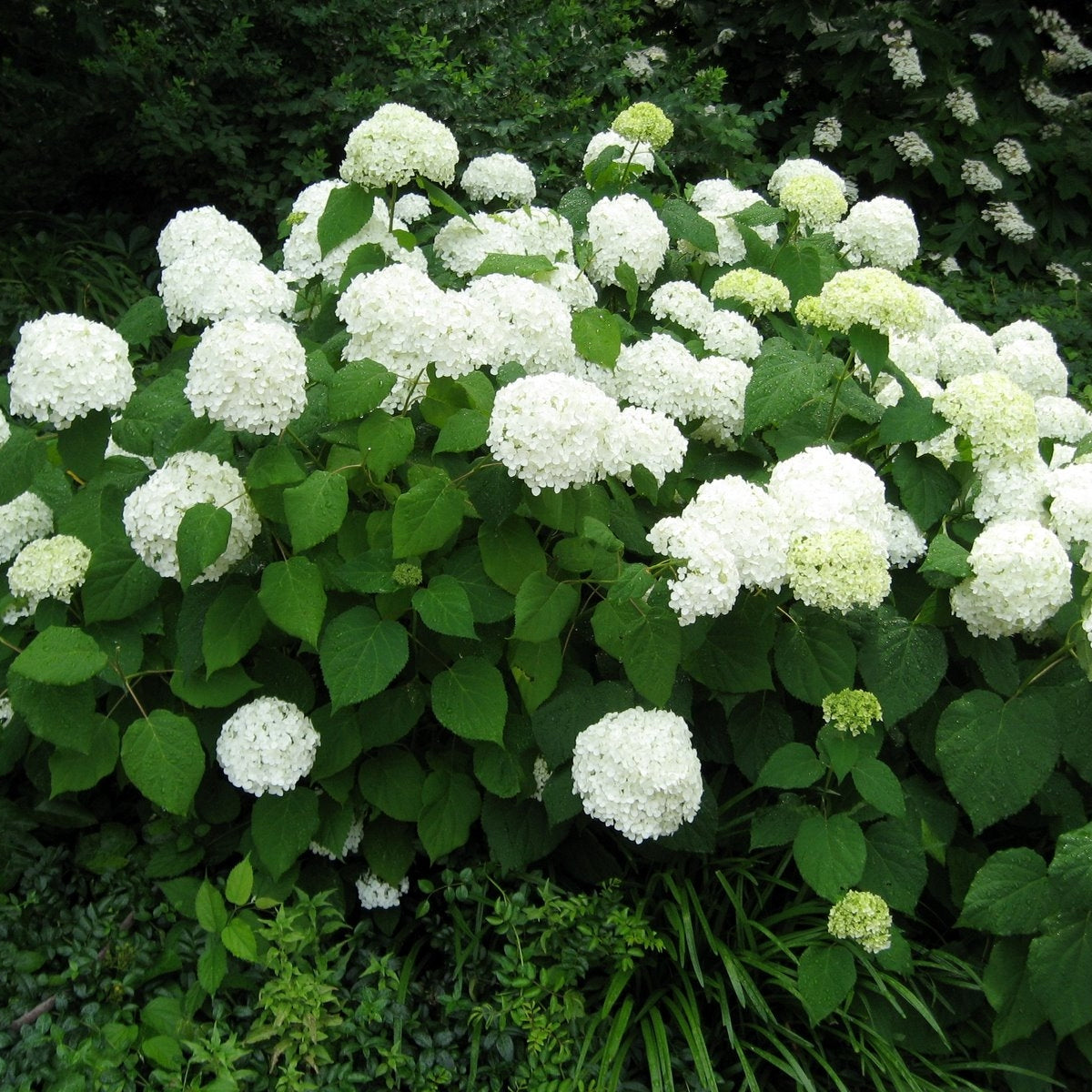
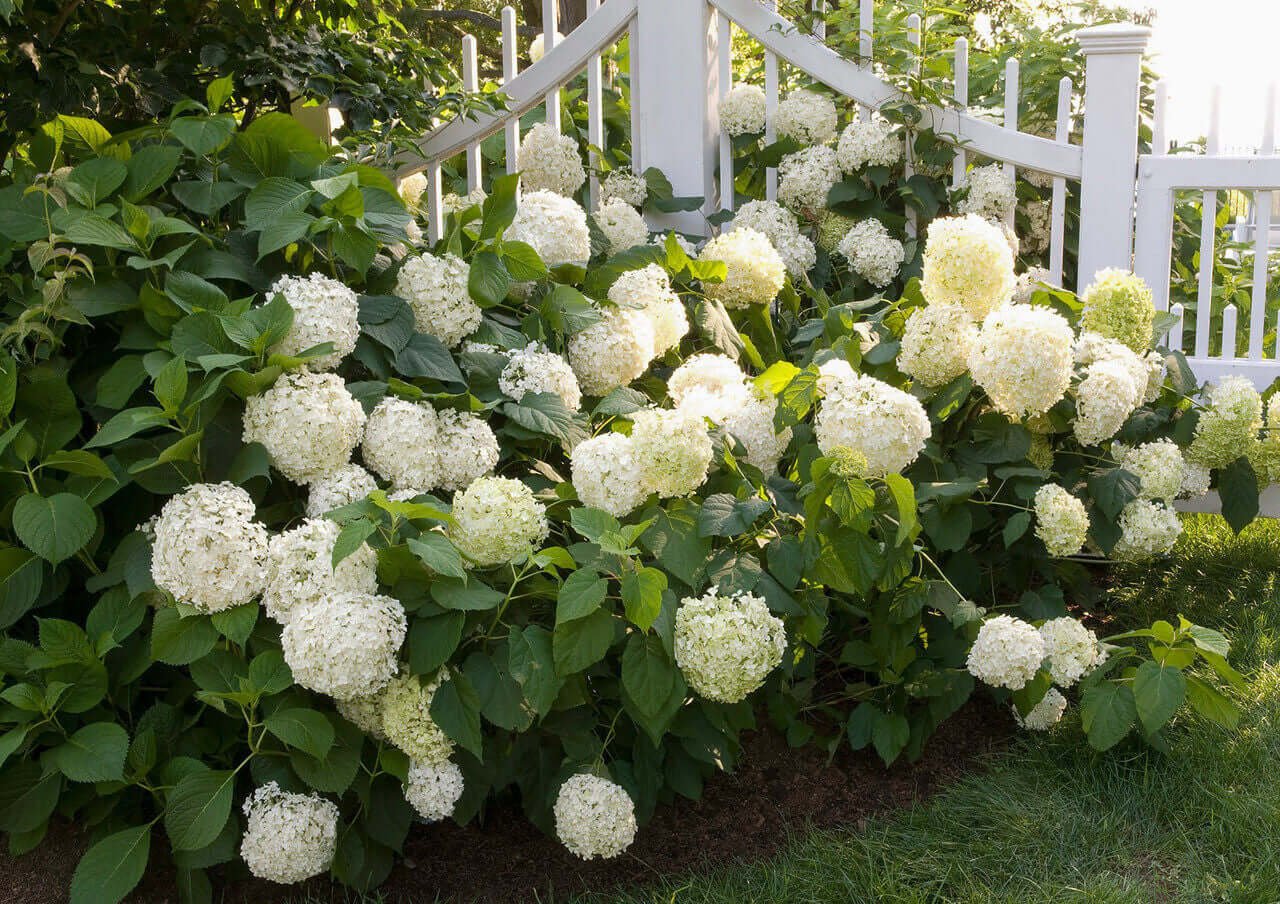
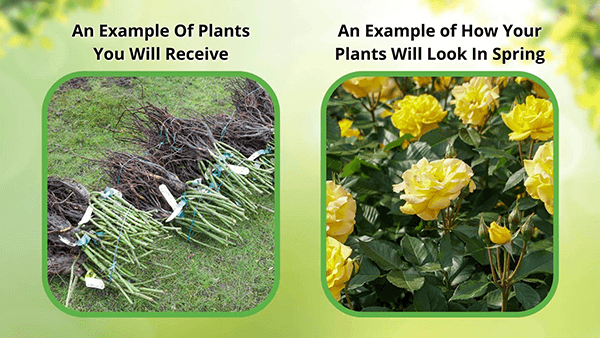

Hydrangea Arborescens 'Snowhill'
Low maintenance, easy to grow
Attracts pollinators like bees and butterflies
Provides beautiful winter interest
Thrives in
ZONE 6ZONE 7ZONE 8ZONE 9This plant ships:
November 20251 Year Guarantee on all plants
Hydrangea arborescens 'Snowhill'
Hydrangea arborescens 'Snowhill' is a beautiful native to eastern USA. Naturally, it prefers rocky, wooded ravines, stream banks and bluffs that maintain moist soils. The scientific name of this plant is derived from the Latin word for water vessel, which pays homage to the cup-like form of the seed pod.
Individuals can grow up to the 5 ft tall and 3 ft wide. This plant develops strikingly vibrant green leaves that are textured with deep veins and fine hairs. The flowers of this particular hydrangea’s are not affected by soil pH, unlike many other hydrangeas, and they remain a soft creamy white color when mature.
Plant Details - Hydrangea arborescens 'Snowhill'
Family: Hydrangeaceae
Hardiness Zones: 3–8
Light Requirement: Partial shade to full sun
Water Needs: Moderate
Height: 3 - 5 ft
Spread: 3 - 5 ft
Growth Rate: Medium to fast
Bloom Time: Early summer to early fall
Flower Color: Creamy white
Wildlife Value: High Attracts bees, butterflies, and other pollinators
This plant produces beautiful creamy white clustered plumes of flowers starting from early summer. When the flowers first begin to form, they are lime green in color and slowly transform into bright creamy white blooms. When mature, the flower clusters are reminiscent of clouds as they are rounded, and bubbly. Not only are the flowers beautiful, the seed capsules that develop after blooming remain throughout the winter adding yet another ornamental element to the plant.
The Hydrangea arborescens 'Snowhill' can be planted as an individual or in mass and makes a useful addition to the garden to support pollinators. This showy shrub is versatile and can be added to a mixed shrub border or planted with other individuals as a lawn focal point.
Landscape Uses and Maintenance - Hydrangea arborescens 'Snowhill'
They prefer moist, well-drained soil with a neutral to acidic pH. However, it will grow across of range of soil types. This plant will tolerate warm climates but is also cold hardy and will survive through the winter of freezing temperatures. If the plant is kept moist, it can tolerate being planted in an area of direct sunlight. However, it mainly prefers partial shade conditions.
While relatively easy to grow, this plant is susceptible to diseases like powdery mildew, rust leaf spot and slugs. However, with care and attention, these problems can be easily managed for vigorous and vivacious plant growth and flower production.
Noteworthy Characteristics
Supports pollinators, easy to grow, showy flower clusters.
Whether planting as part of a mixed shrub border or in mass as a garden focal point, you will enjoy the fluffy, cloud-like, white flower clusters of this stunning shrub year after year. Shop for Hydrangea arborescens 'Snowhill' shrubs online at TN Nursery. For 68 years, we have served the landscaping industry and homeowners with specimen plants.
This Is How Your Plants Will Look upon Delivery
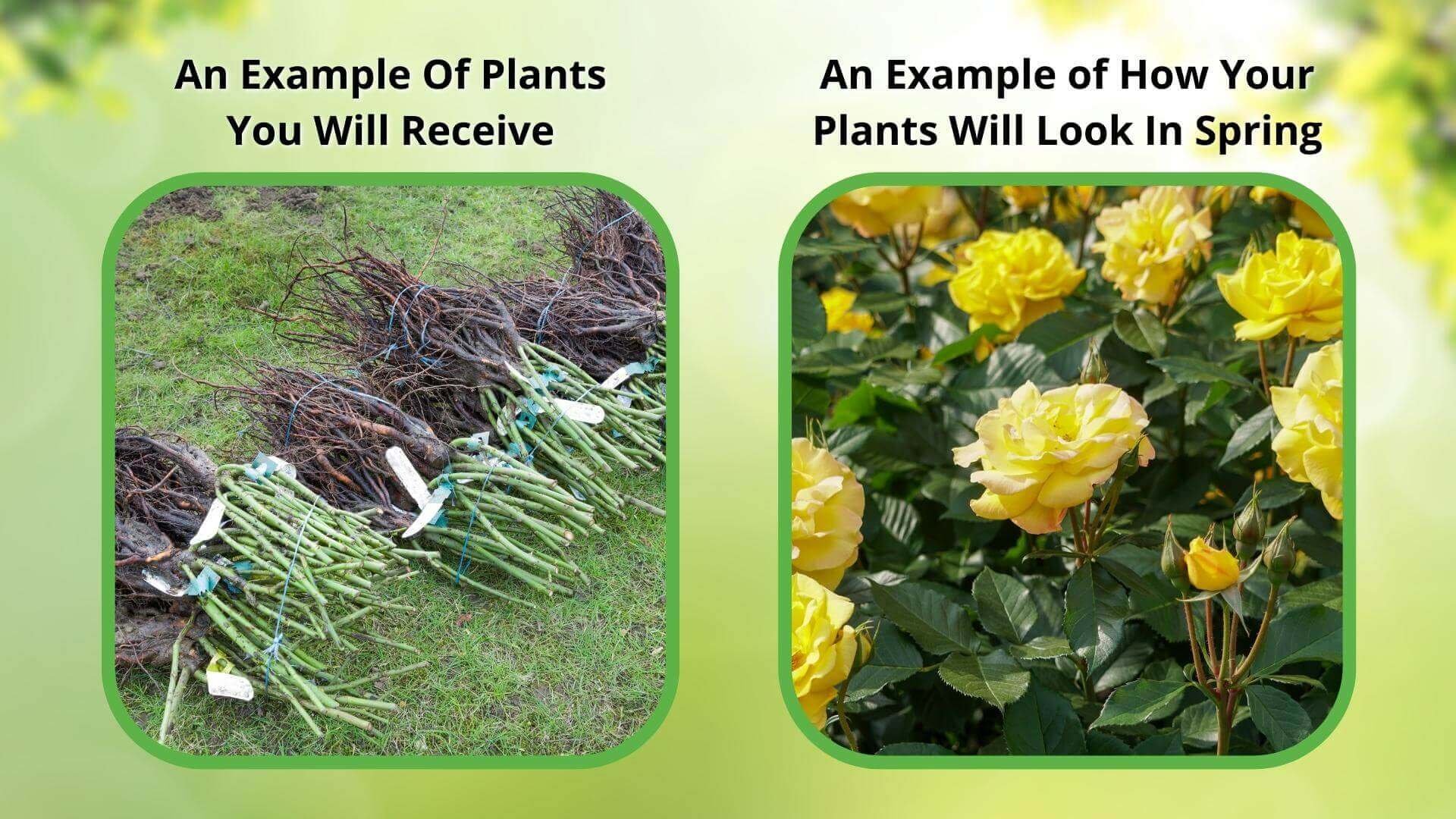
Bloom Season
Summer
Bloom/Foliage Color
White
Height at Maturity
Under 10 Feet
Care
Snow Hill Hydrangea thrives in well-drained soil with regular watering. Trim in late winter or early spring to stimulate healthy growth and abundant blooms. Mulch near the ground to maintain moisture and control weeds. Fertilize with a balanced formula in early spring.
Plant Reproduction
Snow Hill Hydrangea spreads via underground rhizomes, forming clumps.
Plant bare-root shrubs during the more excellent spring or fall months, from November through April. Dig a hole twice as wide as the root system and slightly more profound than its height. Position the shrub so that the top of the roots is level with the ground, and put back the soil dug over the roots. Apply a 2-3 inch layer of mulch around the base to retain moisture and suppress weeds, ensuring the mulch does not touch the shrub's stem. Water regularly, especially during the first year, to establish strong roots. Prune shrubs as needed to promote healthy growth. In the spring, fertilize with a balanced, slow-release fertilizer suited to the specific needs of the shrub.
Shipping date depends on the date displayed and chosen when you order from the product's page.
We only accept returns on plants verified dead. If you think your plants have died, we offer a 1 year warranty, please use this File a Claim Link to verify dead plants and start with return warranty process.





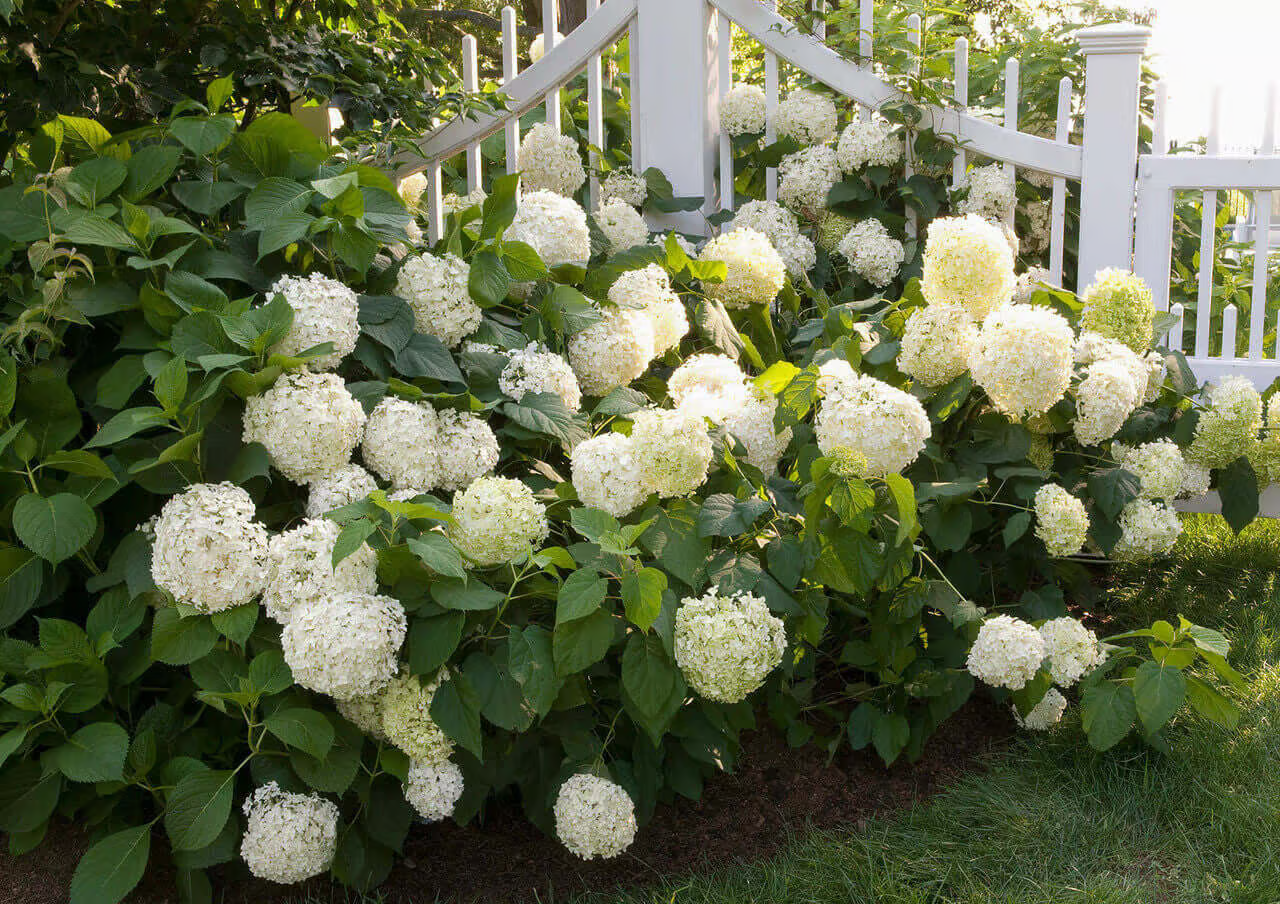
Elegant White Blooms:
Snow Hill Hydrangea offers stunning, pure white flowers that add a touch of sophistication to any garden.
Versatile Landscaping:
Its compact size and attractive foliage make it ideal for various garden settings, from borders to containers.v
Long-Lasting Display:
Enjoy a prolonged blooming period throughout the summer, making it a centerpiece for extended seasons.
Attracts Pollinators:
The plant’s blooms draw in bees and butterflies, supporting local pollinators and enhancing garden biodiversity.
Caring Tips
How do I care for my Hydrangea Arborescens 'Snowhill'?
Each box contains detailed care instructions and information about your product. But here's the basics.
Care Tips
Snow Hill Hydrangea thrives in well-drained soil with regular watering. Trim in late winter or early spring to stimulate healthy growth and abundant blooms. Mulch near the ground to maintain moisture and control weeds. Fertilize with a balanced formula in early spring.
Light Requirements
Snow Hill Hydrangea thrives in partial shade to full sun. It prefers the morning sun with afternoon shade to protect it from the harsh midday heat. Ensure it gets about 4-6 hours of light daily for optimal growth and blooming.
Hardy Planting Zones
6 • 7 • 8 • 9
Header
Use this content to share information about your store and products.
Frequently Asked Questions
How often should I water my plants?
How do I know if my plant is getting too much or too little sunlight?
What should I do to prepare my plants for winter?
What are the signs that my plant needs fertilizing?
How can I prevent pests from damaging my plants?
How do I choose the right plant for my climate zone?








